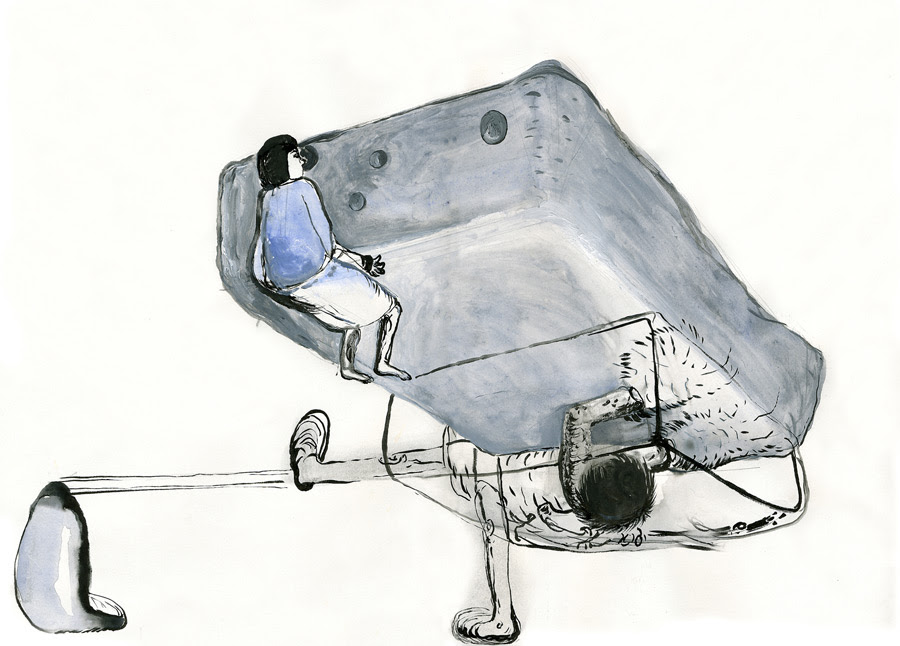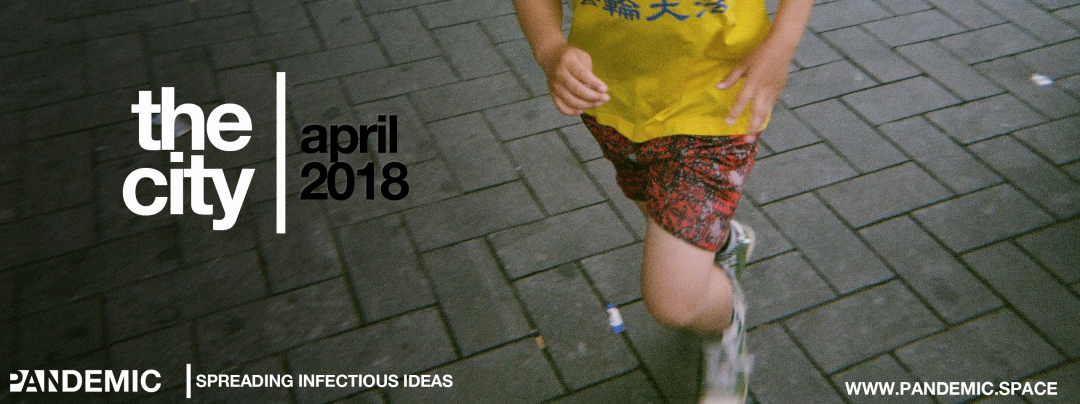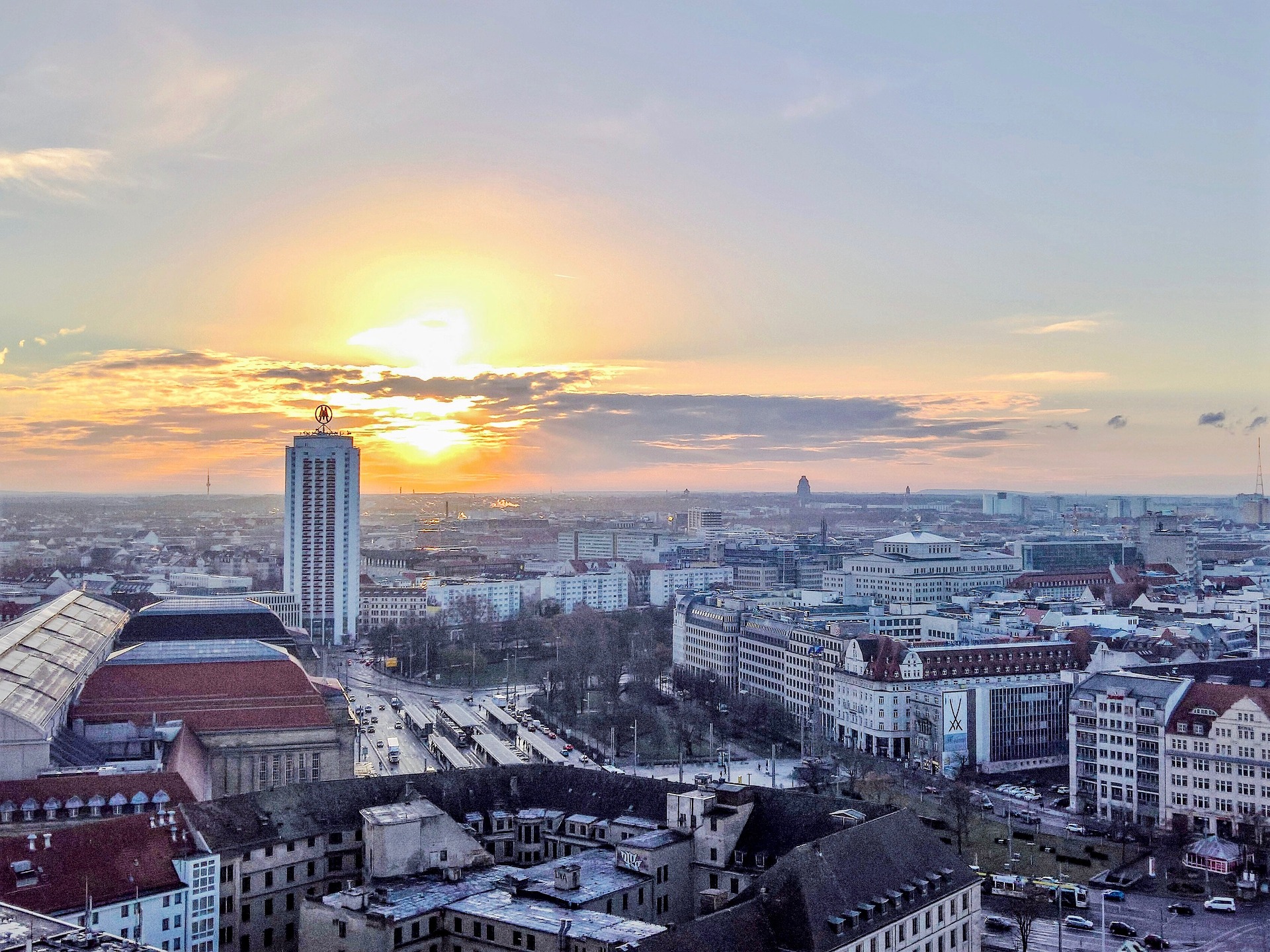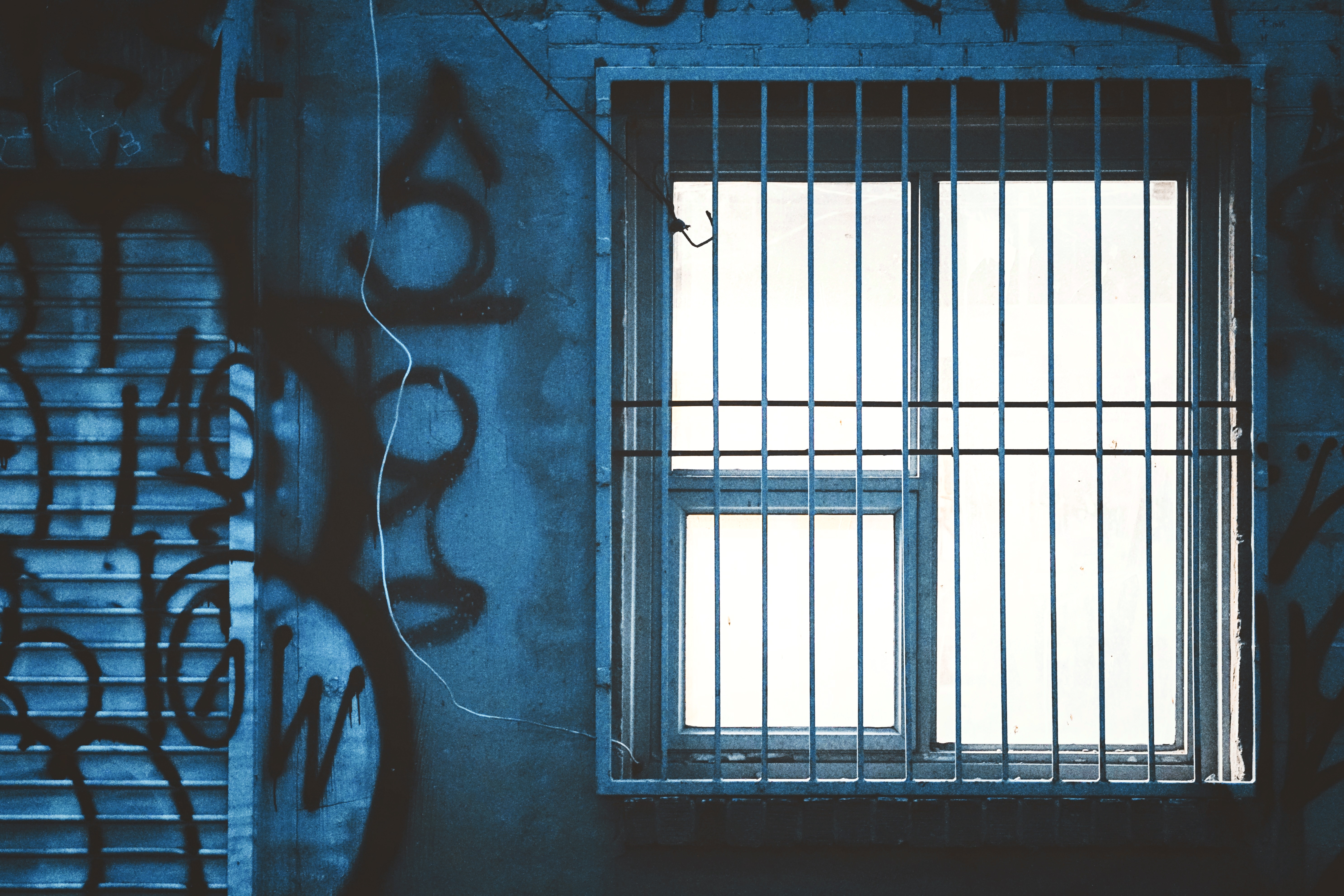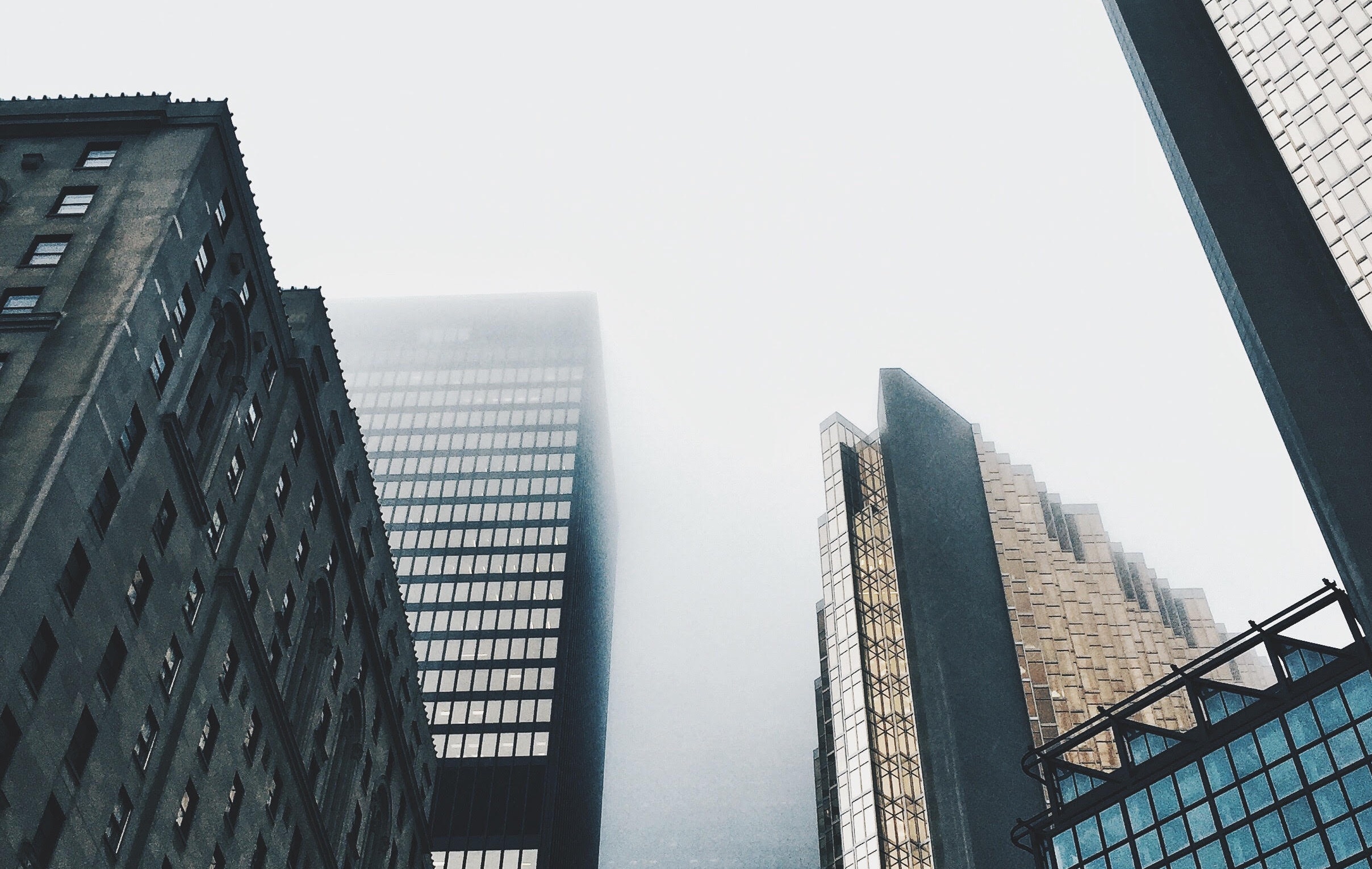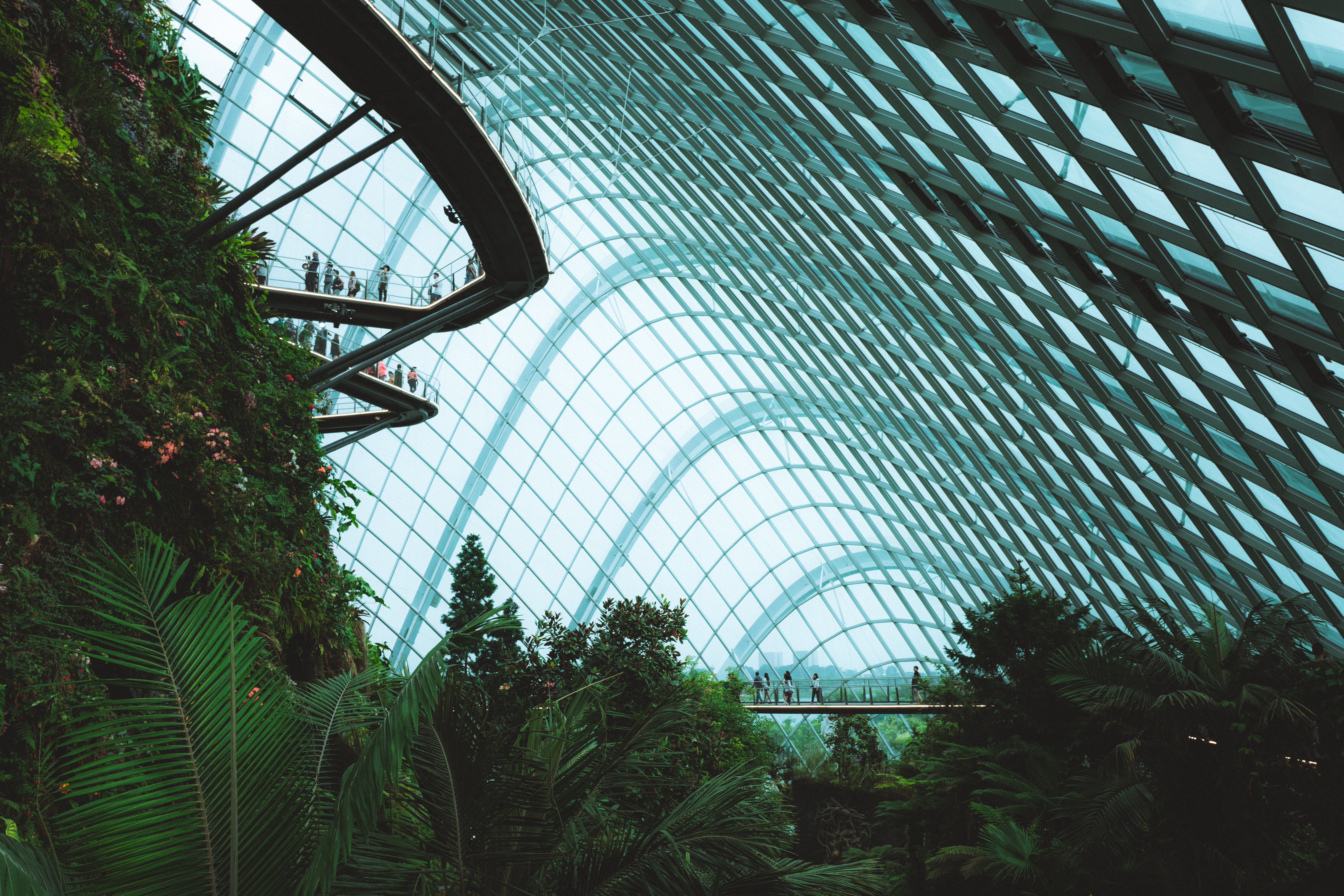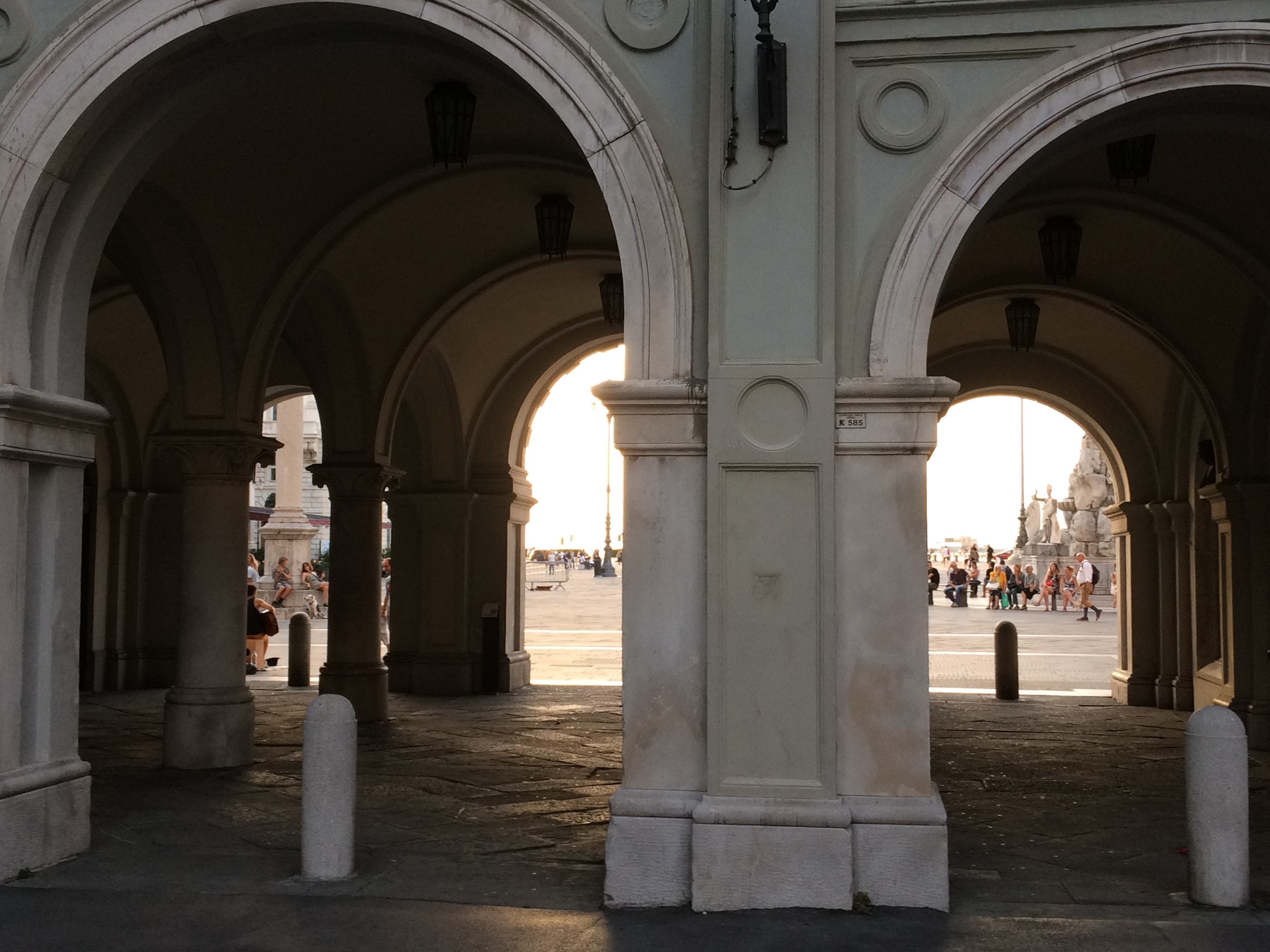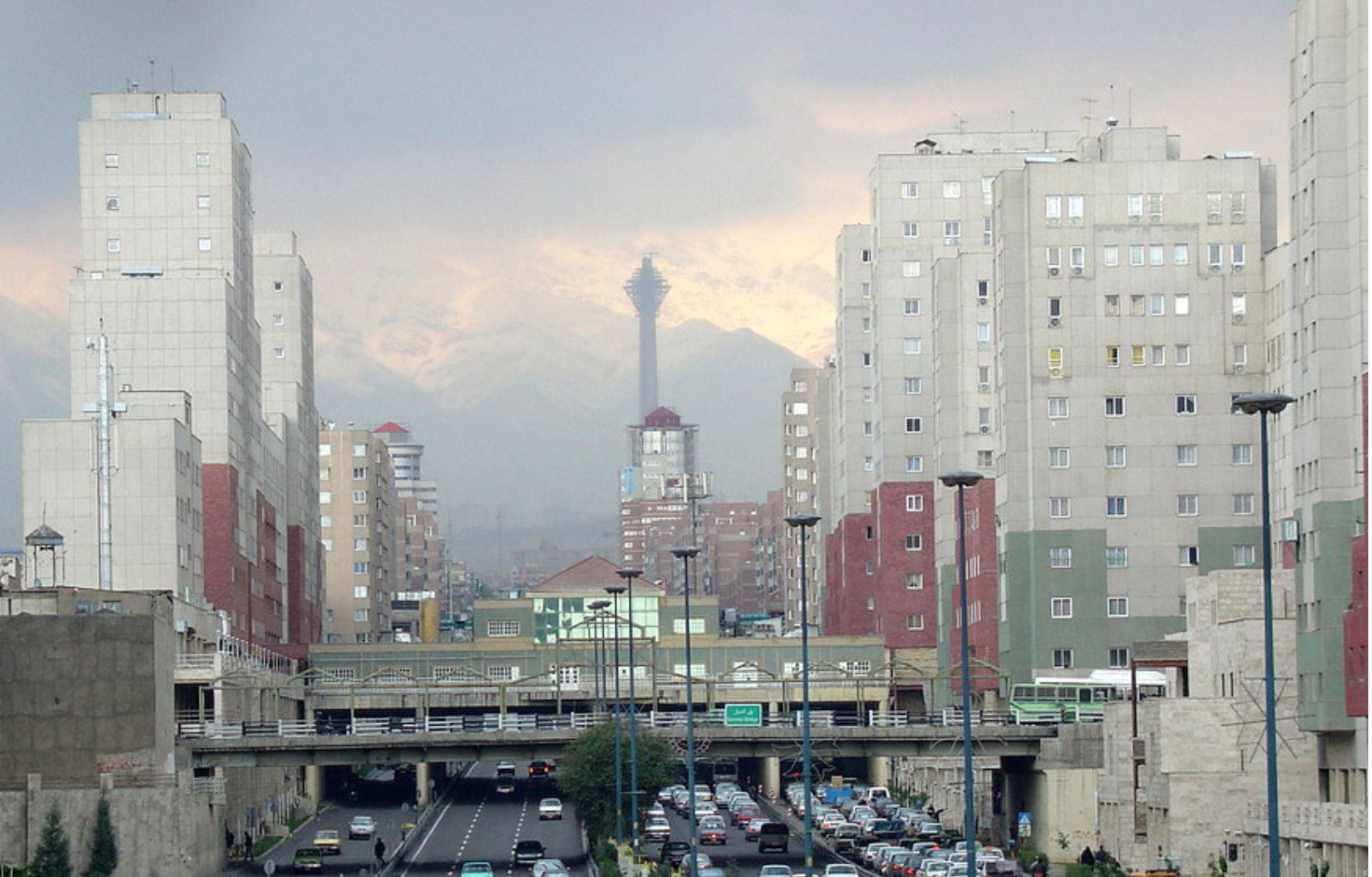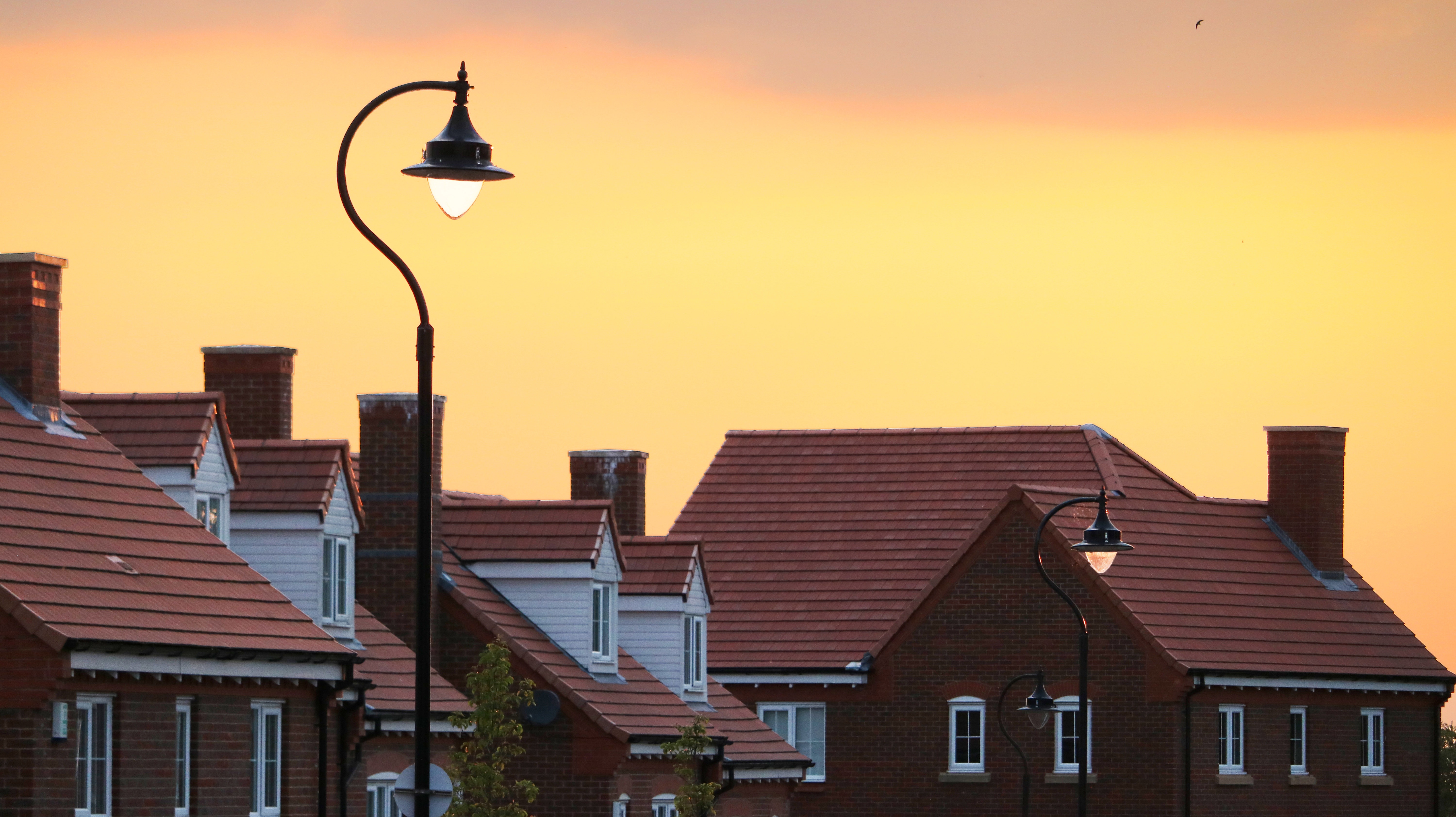text by Dieuwertje Hehewerth, artwork by Marianne Theunissen
Every few months a glitch in the Amsterdam recycling system reveals itself. I know it to be citywide because it has been seen, and remarked about, at several addresses. Perhaps it’s not even a glitch. Perhaps it’s more of a loophole. Perhaps it is one shady company, dumping the by-product of their business at alternating recycling corners. But what reveals itself as something more than average company trash, is the content.
Every few months, on a Monday evening, the entire content of a home, complete with office files and family photographs, is (un)ceremoniously dumped on the street. Over the next 24 hours, before the trash services arrive, the site is excavated by the passing community. Serious middle-aged men with black vans park on the corner to scavenge for electronics. Proximate neighbors venture down to pick out antique drawers and chairs. Pedestrian art students pass by picking up mirrors, picture frames and canvases bearing amateur paintings in varying degrees of completion. What was once pure content now becomes pure form. A painting turns into raw material, an opportune canvas to repaint and reuse. Frames, once hard, protective edges of memories, now eclipse the photographs’ they were employed to hold. Severed from the narrative to which they belong, these objects quickly decline to mere usefulness, scavenged for their potential in a 24-hour window before entering their destined status as irretrievable, globe- clogging trash.
The word narrative stems from the Latin narrāre, formed from gnārus, ‘knowing’. With the ties between these objects unknown: the stories of how they arrived; what they represent; who gave what, and came when, and thought so, and laughed at, and was snapped – frozen in the photograph now bleeding in the rain behind a cracked glass frame. Without knowing this, the objects’ new composition frames them as a pile of ‘stuff’. The loss of their context transforms their narrative, the loss of their composer leaves them abandoned as a collapsed song, fragments to be picked up into new constellations the moment they hit the context of the street.
‘Stuff’, coincidentally, is a common term used by art students to describe what they make, and building a narrative – a critical reflection as to how, and what, and who, and when, and why they make the stuff that they do – is a necessary counterpart in art education.
One can almost locate an art academy merely by observing the movements on the street. Paying attention to the belongings of pedestrians, the closer one gets to an academy’s grounds, the greater the density of bodies married to stuff can be seen. A mattress curving over a pair of staggering legs; a long piece of timber bouncing in time to a striding shoulder; a dismembered chair offering an eye through which an alienated arm is a thread. Or perhaps it’s more of a loophole. A mar in the object’s original composition that allows it the possibility to be carried – for kilometers on end – to a new home, a new composition, a new train of thought.
Duchamp often substituted the word ‘artist’ with ‘author’, and the migration of these narrative-less objects towards studios might bolster this cross-pollinating flare. Rather than creating more stuff, these practices paint portraits of a glitching society through the fragments of constellations that are no longer there.

